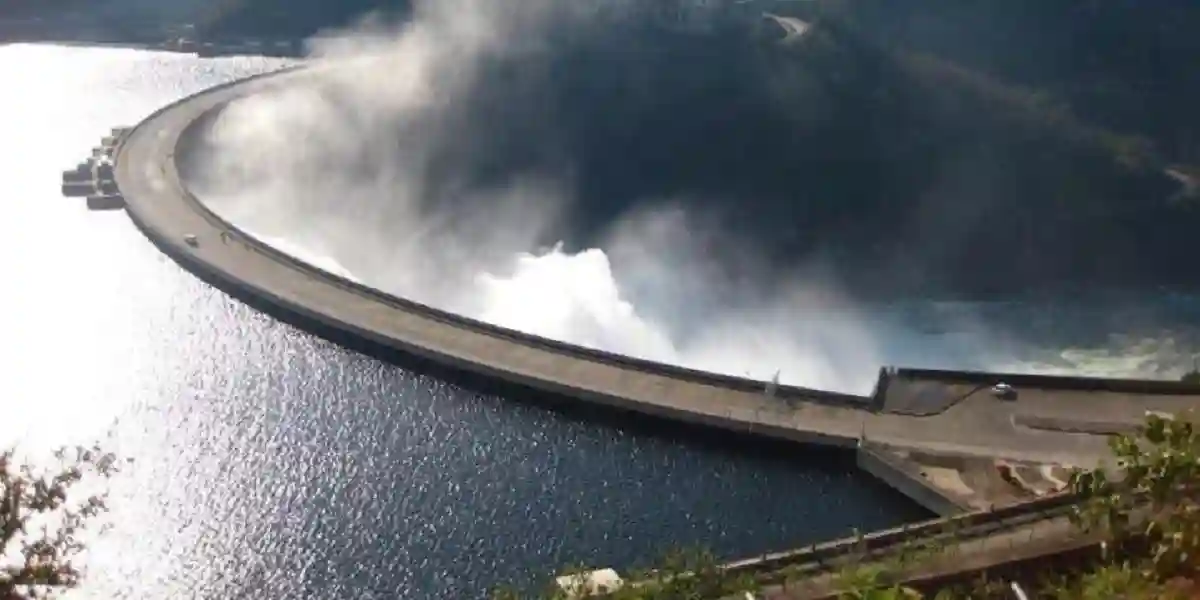The Zambezi River Authority (ZRA) said that water cannot be recycled by pumping it back into the reservoir after it has been used to generate electricity due to existing agreements among countries that depend on the Zambezi River.
ZRA stated that once the water has passed through the turbines, it follows its natural course downstream.
Early this year, ZRA drastically reduced water allocations to Zambia and Zimbabwe’s power utilities for electricity generation citing dwindling water levels caused by the low inflows due to the El Nino-induced drought.
In response to a query by a concerned Zambian citizen, ZRA also stated that while recycling water might seem like a sustainable practice, the energy required to pump water back into the reservoir would be equivalent to the energy generated during hydropower production. Therefore, from an economic standpoint, it is not feasible. It said:
Once power is generated at Kariba, Mozambique awaits its turn to harness the same water for its own power generation.
Latest itel S24 (128GB) $124 (108MP camera)
Cash on Delivery in Harare & Bulawayo.
WhatsApp: 0783 450 793Take note that existing bilateral agreements prohibit pumping water back into the reservoir. Additionally, it is worth noting that the energy required to pump water back into the reservoir above the 128-meter dam wall equals the amount of power generated, making it economically unviable.
Nevertheless, plans are underway to construct additional dams upstream of Kariba, where Zesco Limited and ZPC – Zimbabwe Power Company (ZPC) will generate power, offering a promising solution for future power needs.
ZRA also explained why Zimbabwe and Zambia share the Zambezi River equally despite most of the inflows coming from the Zambian side. It said:
The Zambezi River Authority is a bilateral, statutory body jointly owned by the Governments of Zambia and Zimbabwe. Although Zimbabwe contributes 40% and Zambia contributes 60% to the Zambezi catchment, the organization operates on a bilateral basis, ensuring that all industrial, economic, and social benefits along the common border (from Kazungula to Kanyemba/Luangwa) are shared equally, at 50% each.
Another Zambian citizen suggested that ZRA should migrate to other cleaner sources of energy and abandon hydroelectricity altogether. ZRA responded:
The solution doesn’t lie in abandoning hydro-power generation, but rather in maximizing its potential by building more hydroelectric schemes along the same river.
This approach would enable power generation at multiple stations using the same water, increasing efficiency and productivity.
For example, the Zambezi River Authority has ambitious plans to construct two dams between Victoria Falls and Kariba Dam, as well as another dam downstream of Kariba Dam.
This strategy would optimize water utilization for power generation, ensuring a more sustainable and efficient use of this valuable resource.
Meanwhile, ZRA refrained from commenting directly on the plans of the Zimbabwe Power Company (ZPC) and Zambia Electricity Supply Corporation Limited (ZESCO) to address load-shedding.
However, the Authority hinted that both entities might have strategies in place, such as importing power or augmenting their supply from existing sources.
ZRA revealed that this year’s inadequate inflows into the Barotse flood plains have led to restricted downstream flow. As a result, Lake Kariba’s water levels have significantly decreased.
More: Pindula News

